placing rocks around pond
valray
17 years ago
Related Stories
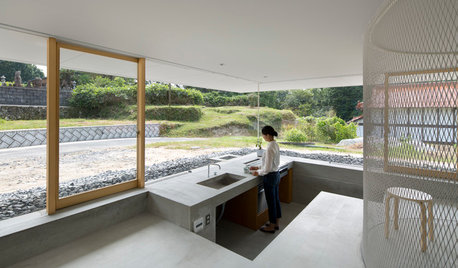
ARCHITECTUREWorld of Design: 10 Homes That Lap Up the Landscape Around Them
As building techniques develop, architects all over the globe are finding new ways — and new places — to integrate houses with nature
Full Story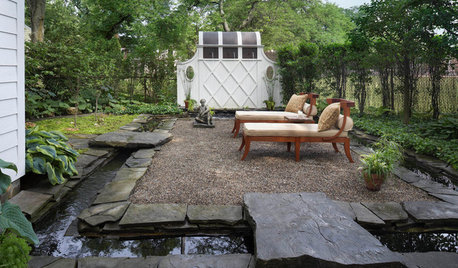
PATIO OF THE WEEKKoi Glide Around a Tranquil Garden's Moat
This idyllic retreat combines lush plantings, statues and moving water for a serene backyard scene
Full Story
THE ART OF ARCHITECTUREDesign Workshop: Put Industrial Mesh to Work Around the Home
From open gratings to fine weaves, commercial metal mesh is a durable and beautiful choice for residences too
Full Story
GARDENING AND LANDSCAPINGHow to Make a Pond
You can make an outdoor fish paradise of your own, for less than you might think. But you'll need this expert design wisdom
Full Story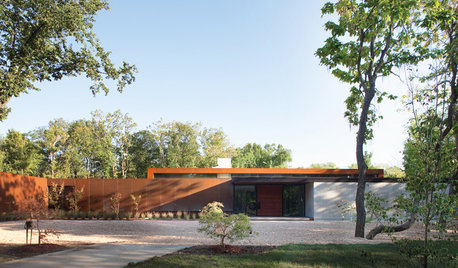
MODERN HOMESHouzz Tour: Heavy Metal Rocks a Modern Missouri Home
Steel shows up all over this single-level family home, but wood and other textures warm the look
Full Story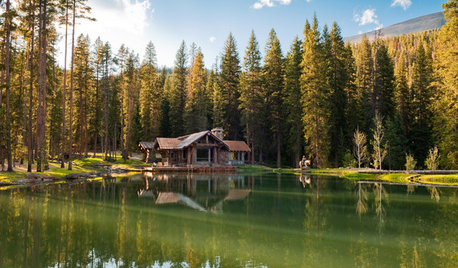
HOUZZ TOURSHouzz Tour: Rustic Cabin With Dive-In Pond
Set on 22 acres and with as many modern comforts as rugged trails, this Montana home is an outdoor lover's paradise
Full Story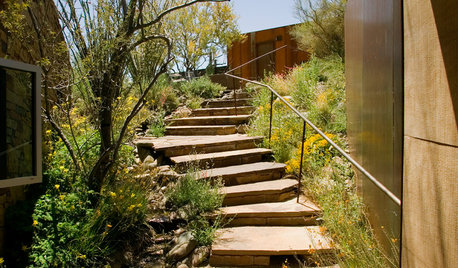
ARCHITECTUREHouzz Tour: A Pond House in the Arizona Desert
With water in the back and a descent to get in, this skillfully designed modern home keeps its cool in the Southwestern sun
Full Story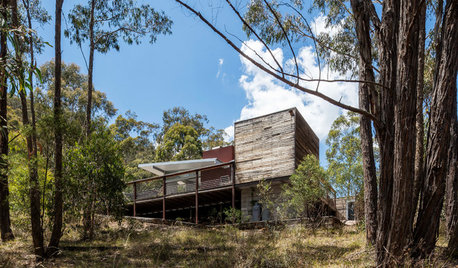
VACATION HOMESHouzz Tour: Rock Climbers Create the Ultimate Mountain Getaway
Two friends build a vacation home in Australia’s Blue Mountains, where they can relax with others after a day of climbing
Full Story
I Spy: Musical Instruments Around the House
Compose a Great Space With the Shapes and Promise of Music
Full Story





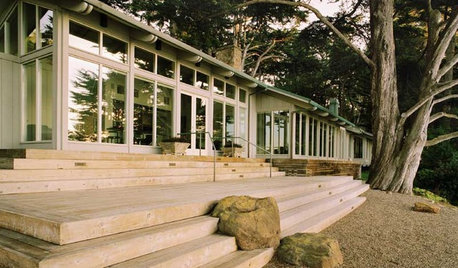
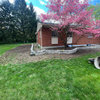




Embothrium
stevega
Related Professionals
Otsego Landscape Architects & Landscape Designers · Barrington Landscape Contractors · Burien Landscape Contractors · Firestone Landscape Contractors · Hannibal Landscape Contractors · Melrose Landscape Contractors · Pleasant Prairie Landscape Contractors · Roseville Landscape Contractors · Spring Landscape Contractors · Ashland Decks, Patios & Outdoor Enclosures · Fort Mill Decks, Patios & Outdoor Enclosures · King of Prussia Decks, Patios & Outdoor Enclosures · Lewisville Decks, Patios & Outdoor Enclosures · Rosemont Decks, Patios & Outdoor Enclosures · Placentia Swimming Pool BuildersvalrayOriginal Author
karinl
pls8xx
inkognito
garyfla_gw
NHBabs z4b-5a NH
loniesmom